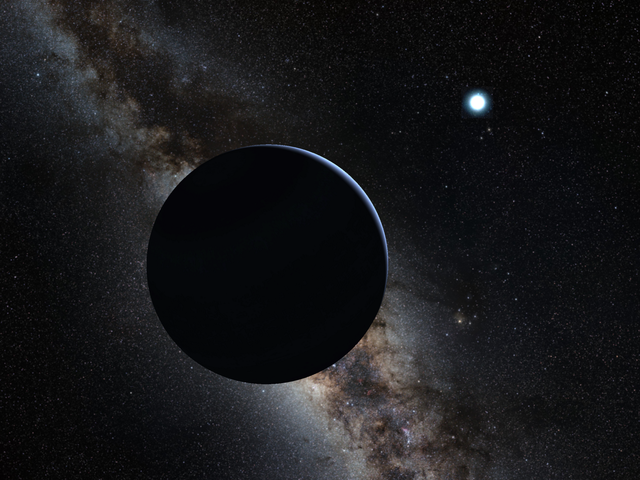
A planet referred to as Planet Nine might possibly exist in the solar system’s outermost reaches. It would be the solar system’s first newly discovered planet to be recognized since 1846 if it is confirmed.
When dwarf planet Pluto was discovered in 1930, astronomers assumed this was the “ghost planet” they had been looking for. Scientists had previously perceived the influences of the gravitational pull of an additional planetary body. It was this search that concluded in the discovery of Pluto.
However, when more research showed that Pluto was too small to have an impact on Neptune and Uranus, the search continued.
NASA declared that the orbits of outer worlds seemed normal according to calculations and no anomalies based on information gathered from Voyager 2’s fly-by of Neptune in 1989 had been detected. Hence, it appeared at this point that they had been looking for something that was in fact nonexistent.
When the Kuiper Belt was discovered in 1992, more evidence that Planet Nine might exist was revealed through its investigation. It is estimated that there are hundreds of thousands of frozen bodies larger than 100 km (62 miles) in diameter in this enormous region of the solar system beyond Neptune in addition to at least a trillion comets.
Quaoar, Sedna, and Eris were discovered between 2002 and 2005, and all were designated as dwarf planets in 2006. Pluto is actually the best-known of the bigger objects in this group. Sedna has a lengthy, elliptical orbit that takes eleven thousand years to complete, according to scientists.
“Planet Nine” Could Be Found Within the Next Ten Years
Based on mathematical calculations and simulations, astronomers Konstantin Batygin and Mike Brown of the California Institute of Technology declared in January 2015 that there might be a huge space rock lying far beyond Neptune. Research indicates that this hypothetical “Planet Nine” could be found within the next ten years, and several teams are currently engaged in the search.
When the solar system first formed, Jupiter may have ejected a large planet from its original orbit, according to the theories of Konstantin Batygin and Michael E. Brown. This giant planet may have been the core of Planet Nine.
Others suggested that the planet was a rogue planet that had either once gone wild and been kidnapped from another star or had formed on a distant orbit before being drawn into an erratic orbit by a passing star.
The perceived force of Planet Nine’s gravitational pull allowed scientists to estimate its mass and theorize what Planet Nine may look like.
Scientists believe it to be either a rocky super-Earth or a gaseous mini-Neptune based on its mass and location in space. Because it possibly shares features with Uranus or Neptune, they believe it to be an icy planet with a solid core.
However, researchers are also looking into the possibility that “Planet Nine” is actually a grapefruit-sized black hole that warps space in a manner similar to that of a massive planet.
Another team contends that rather than a mysterious world or black hole, the peculiar motions of the distant Kuiper Belt inhabitants may really be the result of the combined influence of multiple tiny objects.
According to earlier calculations, Planet Nine would have to be five to ten times the mass of Earth with an extended orbit four hundred to eight hundred times further from the Sun than Earth.
Wide-field Infrared Survey Explorer (WISE) and Pan-STARRS sky surveys have not yet located Planet Nine, but they have not ruled out the possibility of an object with a Neptune-diameter in the outer solar system.
The capacity of earlier sky surveys to find Planet Nine was influenced by both positions and properties of objects in the solar system.
Utilizing NEOWISE and the eight-meter Subaru Telescope, additional studies of remaining areas are currently being conducted. Without direct observation, Planet Nine’s existence can only be assumed.
The apparent grouping of trans-Neptunian objects has been explained by a number of other theories.
See all the latest news from Greece and the world at Greekreporter.com. Contact our newsroom to report an update or send your story, photos and videos. Follow GR on Google News and subscribe here to our daily email!



